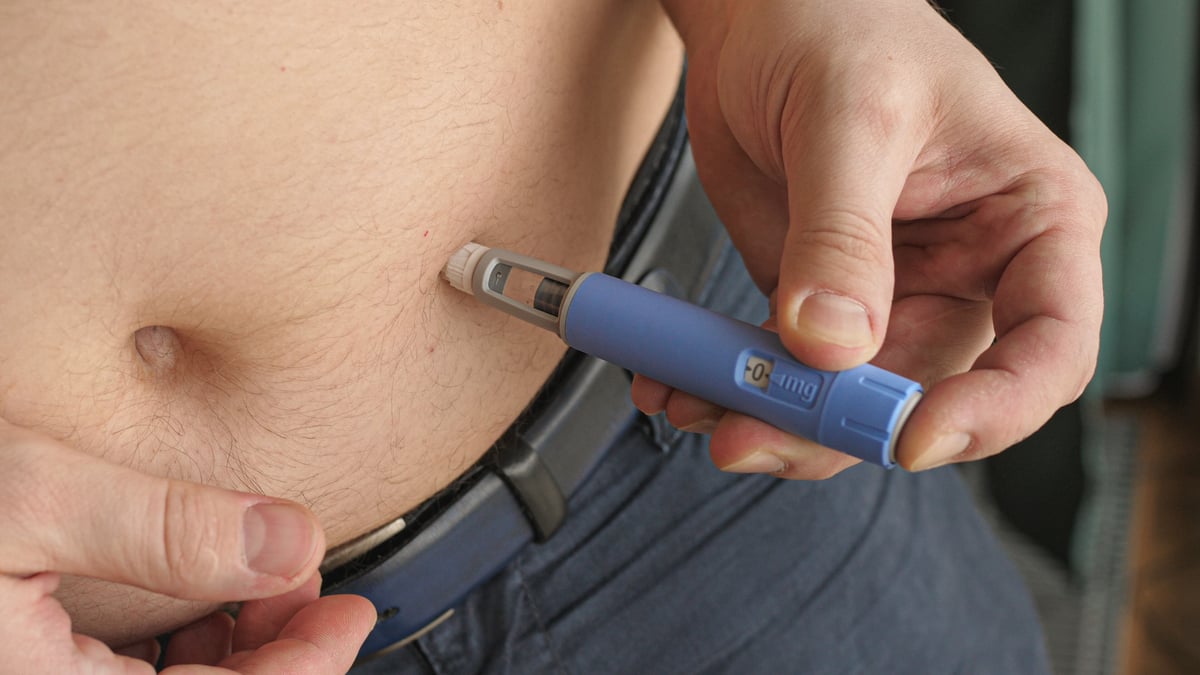Eli Lilly (LLY +0.04%) has been a terrific stock to own over the past 15 years; it has consistently outperformed the broader equities market. However, the drugmaker may not be able to pull that off in 2025, because several setbacks this year have sunk its stock price. As of this writing, its shares are down 9% year to date, while the S&P 500 is up 9%.
Lilly is on track for its worst annual performance in a long time, but does that mean investors should steer clear of the stock? Let's find out.
Valuation matters
In the second quarter, Eli Lilly once again posted financial results that made it the envy of its similarly sized peers. Revenue increased by 38% year over year to $15.6 billion, while adjusted earnings per share came in at $6.31, 61% higher than the year-ago period. Yet the company's shares fell. What gives?
Those strong results were already somewhat baked into the stock price. Even after its post-earnings dip, Lilly was recently trading at 30.6 times forward earnings, much higher than the 16.4 average for the healthcare industry. At these levels, it's hard to impress the market, whether with robust but expected financial results or with clinical progress.

Image source: Getty Images.
The main reason Eli Lilly's shares dipped significantly after the earnings announcement is that the company also released other news on the same day. It posted data showing that its oral GLP-1 candidate, orforglipron, led to an average weight loss of 12.4% in a phase 3 study.
The race for oral GLP-1 drugs is heating up. This market is important because many patients prefer oral formulations of their medications, while pills are also cheaper for pharmaceutical companies to manufacture and store. However, orforglipron's phase 3 data was not quite up to the market's expectations, leading to the sell-off.
Lilly's shares also dropped significantly after its first-quarter earnings because of poor bottom-line guidance for the rest of 2025. Given the healthcare leader's rich valuation metrics, the market expects excellent execution across the board, whether in financial results or clinical and regulatory progress. But the company has had several missteps this year on those fronts, at least by its lofty standards, and that's why it hasn't performed well this year. Is it time to give up on the stock?
Where does Eli Lilly go from here?
Can Lilly recover? In my view, despite the recent setbacks, its prospects remain attractive. True, there could be more volatility for the stock in the near term, considering that it's trading at a premium compared to its similarly sized peers. However, it's worth noting that Lilly has earned this premium by consistently posting incredibly strong financial results and making significant breakthroughs in the market for GLP-1 drugs, as well as in other areas.

NYSE: LLY
Key Data Points
Eli Lilly's best-selling drug is tirzepatide, sold under the brand names Mounjaro for diabetes and Zepbound for obesity. Combined, they generated over $8 billion in sales in the second quarter, and over $14 billion through the first six months of the year -- and this for a compound that was approved only three years ago. It's an incredibly rare feat for a medicine to reach these levels of sales quickly -- or at all.
However, it should maintain that momentum. According to some projections, Mounjaro and Zepbound could combine for nearly $62 billion in sales by 2030, making Eli Lilly the world's leading pharmaceutical company by revenue in the process.
Meanwhile, Eli Lilly has other exciting products in its lineup that are already blockbusters, or should join those ranks down the line. Cancer medicine Verzenio posted $1.3 billion in sales in the second quarter, up 12% year over year. Newer products, including Ebglyss for eczema, should eventually contribute too.
Lilly's pipeline is strong, especially in its core areas of diabetes and obesity. Orforglipron could still be a hit. Retatrutide, a GLP-1 medicine with a novel mechanism of action -- it mimics the action of three gut hormones, versus two for tirzepatide -- also looks promising.
Clinical setbacks happen to every drugmaker. However, Lilly's extensive pipeline and expertise in developing therapies in specific areas make it likely to secure some important clinical and regulatory wins in the next few years. And the company should continue posting excellent financial results in the meantime.
Finally, Eli Lilly is a solid dividend stock. All of these factors make it look like a buy, at least for investors who are in it for the long haul.





